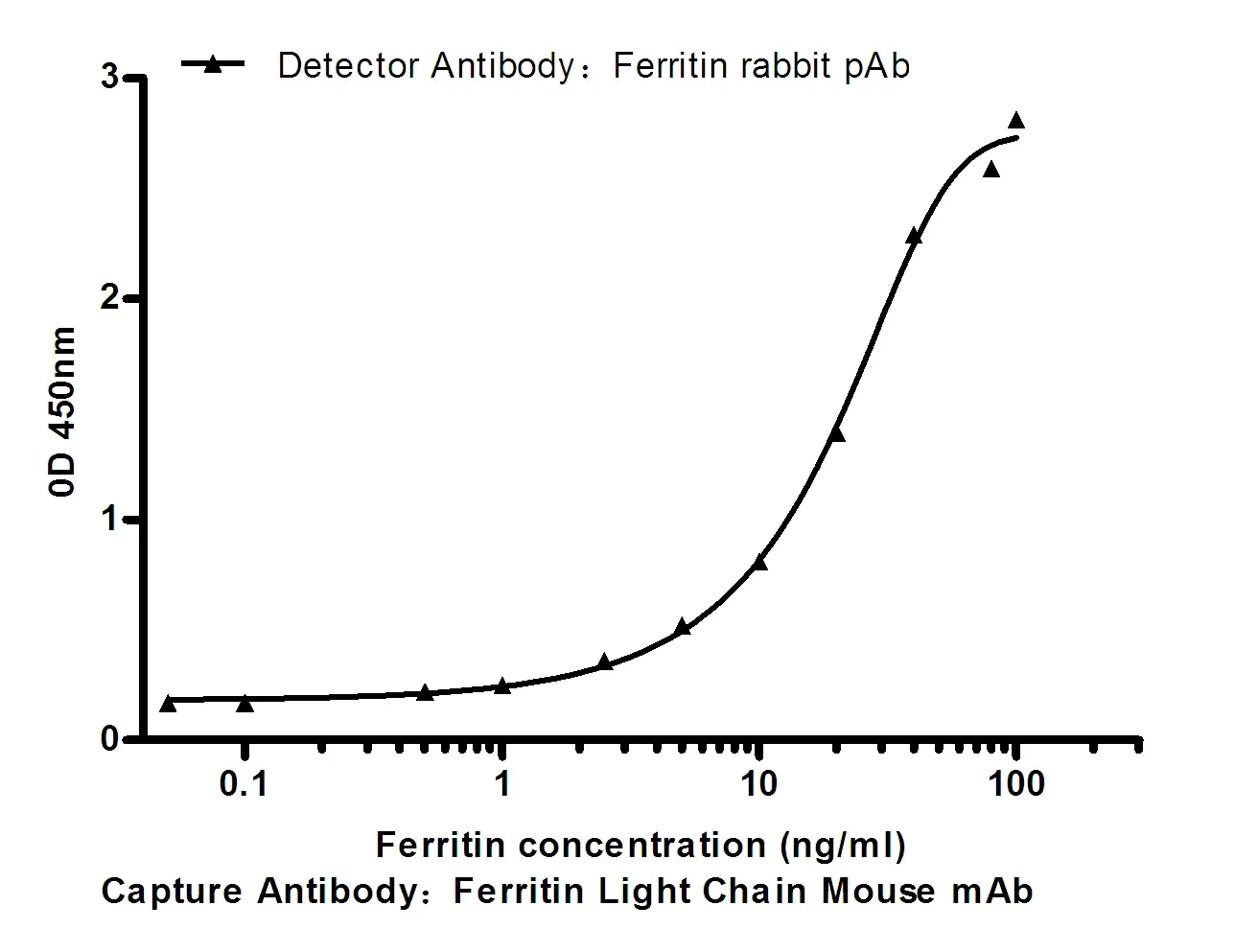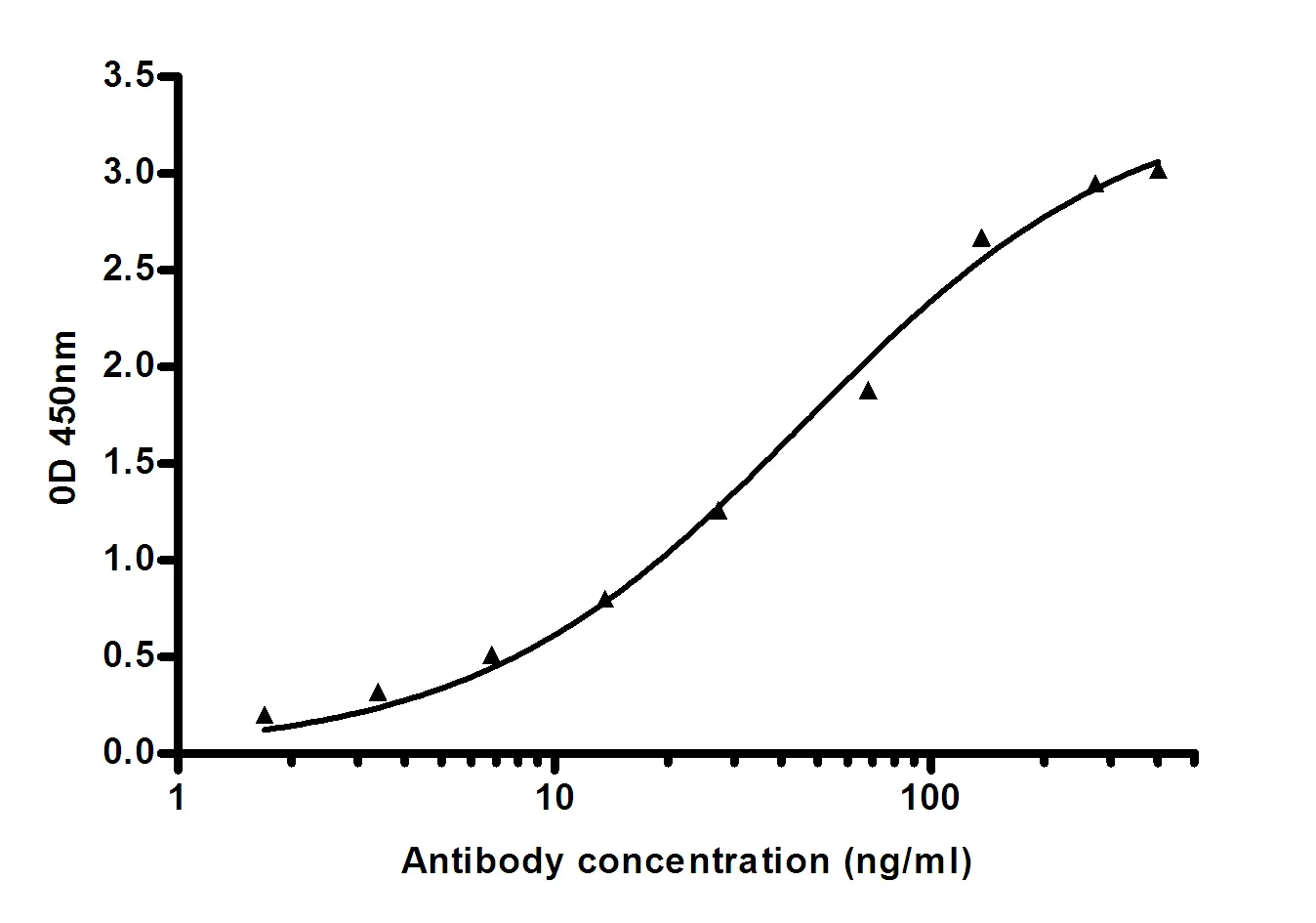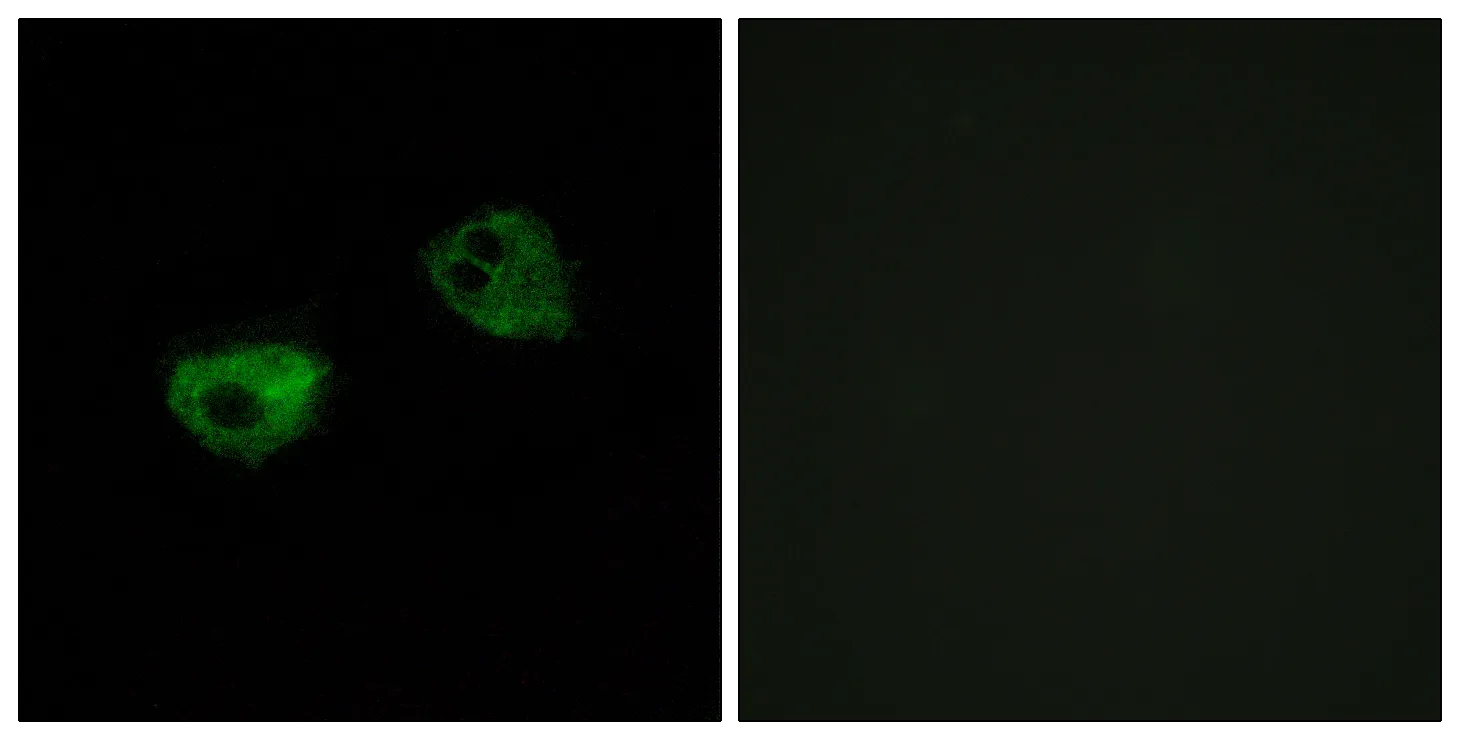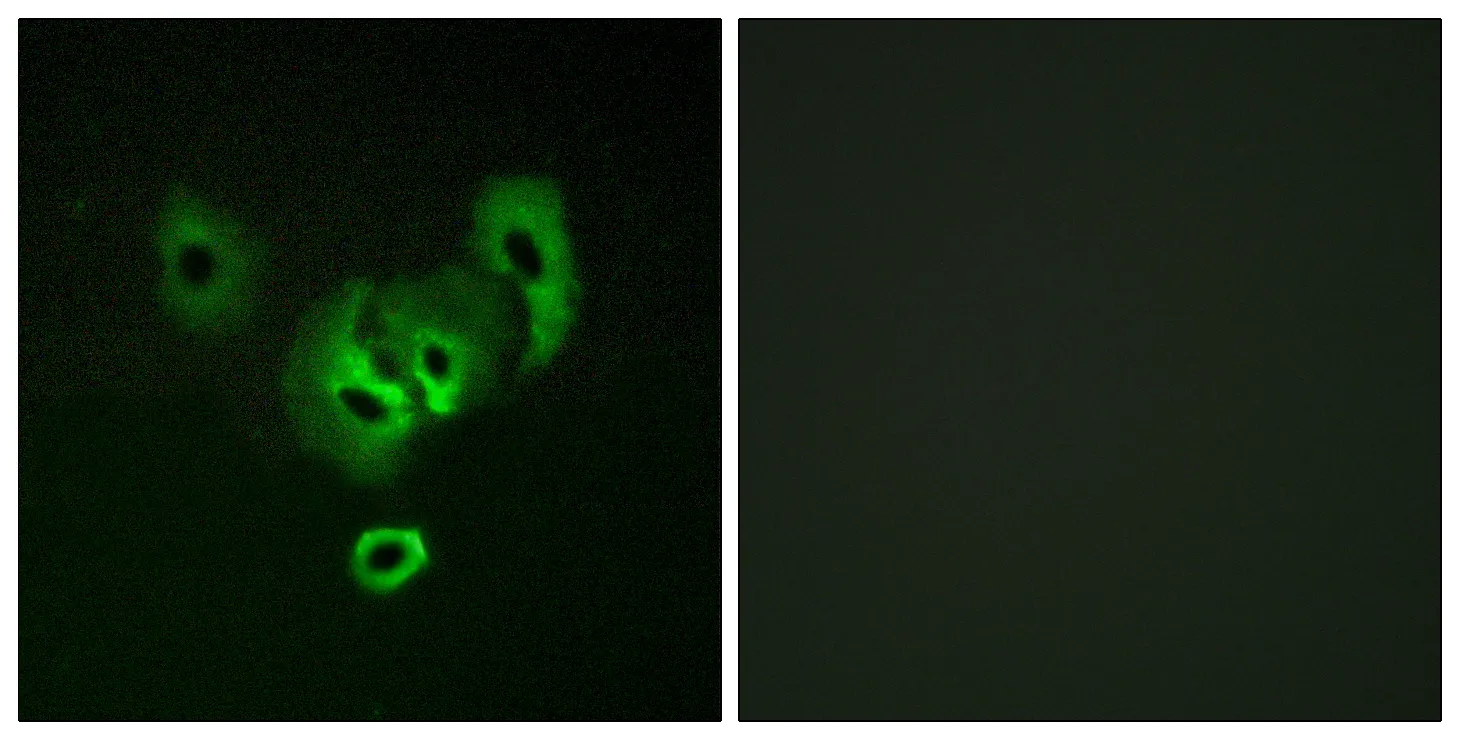Summary
Performance
Immunogen
Application
Background
This gene belongs to the flamingo subfamily, which is included in the cadherin superfamily. The flamingo cadherins consist of nonclassic-type cadherins that do not interact with catenins. They are plasma membrane proteins containing seven epidermal growth factor-like repeats, nine cadherin domains and two laminin A G-type repeats in their ectodomain. They also have seven transmembrane domains, a characteristic feature of their subfamily. The encoded protein may be involved in the regulation of contact-dependent neurite growth and may play a role in tumor formation. [provided by RefSeq, Jun 2013],function:Does not seem to be involved in anion transport.,function:Receptor that may have an important role in cell/cell signaling during nervous system formation.,similarity:Belongs to the G-protein coupled receptor 2 family. LN-TM7 subfamily.,similarity:Belongs to the SLC26A/SulP transporter (TC 2.A.53) family.,similarity:Contains 1 GPS domain.,similarity:Contains 1 laminin EGF-like domain.,similarity:Contains 1 STAS domain.,similarity:Contains 2 laminin G-like domains.,similarity:Contains 8 EGF-like domains.,similarity:Contains 9 cadherin domains.,tissue specificity:Ubiquitous. Highest levels in kidney and pancreas. Lower expression in heart, skeletal muscle, liver and placenta. Also found in lung and brain.,






